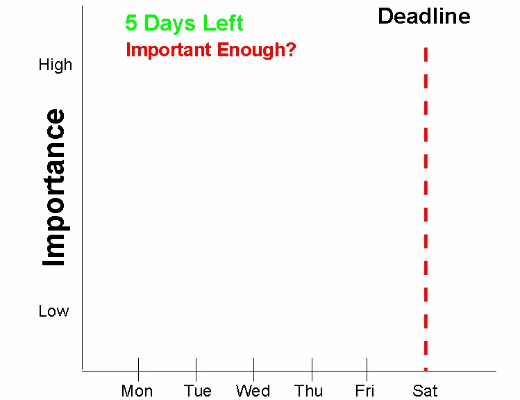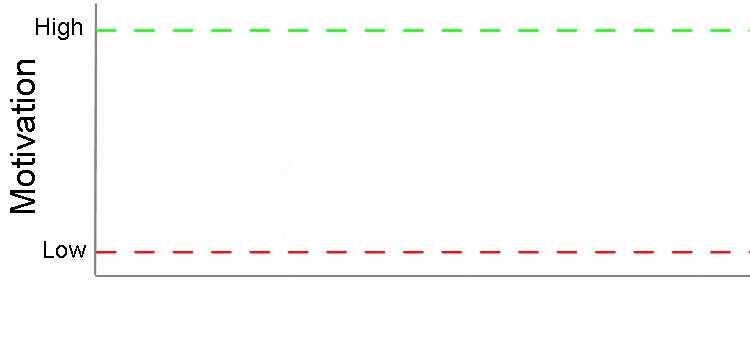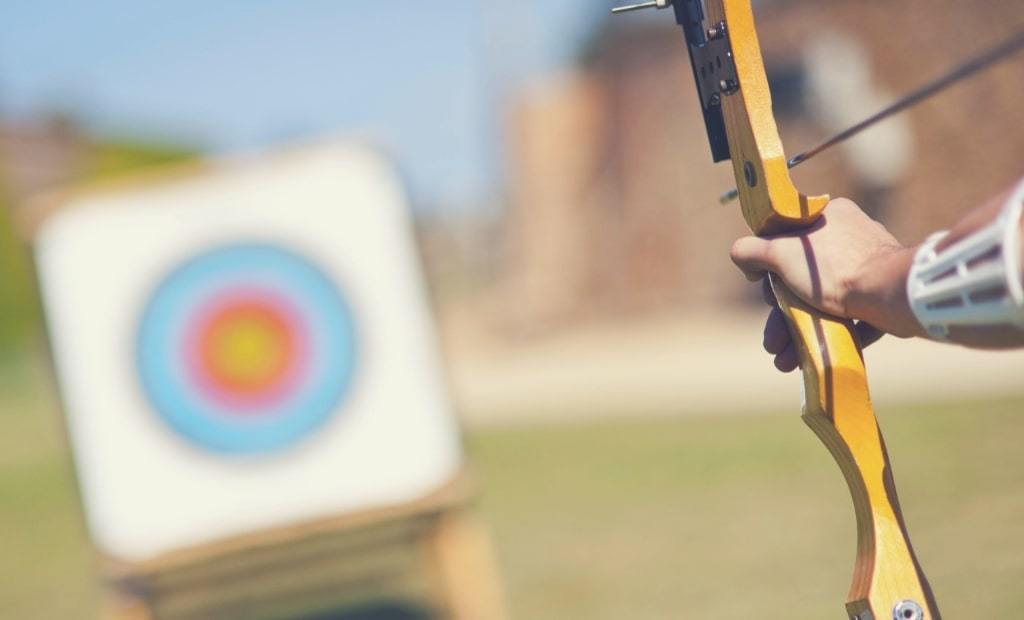You're excited. You feel that this time will be different.
I want it bad enough. I can do this.
You start making plans. Maybe, you take the first step.
But then its gone. After a few hours or a few days, you're back to normal. Feeling mundane, doing the mundane.
Why?
Two reasons.
Problem 1. Inspiration escapes as quickly as it enters.
Hunger is natural. When we ignore it, it gets stronger and stronger until all we can think about is food.
Inspiration is unnatural. With the passage of time, it leaks out of our body, as if it doesn't belong.
No surprise – it doesn't.
Hunger comes, whether we want it to or not. Inspiration doesn't.
That's why we read inspirational books and videos, again and again and again and again. But watching inspirational videos and reading uplifting stories takes time and has an inconsistent effect, sometimes getting us excited, other times leaving us bored.
That's why personal coaches and motivational speakers are so fond of positive visualization. Of imagining your desires having already come true. That's inspiring.
Unfortunately, inspiration isn't enough.
Problem 2. Inspiration unconverted to motivation feels good but doesn't lead to action.
How often have you felt excited and then done nothing to show for it?
There isn't some sort of excitement threshold, past which you actually start getting your goals done. Excitement is like salt water – by itself, completely useless. It takes a purifier to change it into something useful.
Goal setting isn't primarily effective because it's inspiring, but because it converts transient desire into long-term focus and commitment. It's a purifier.
But often, it's not enough.






